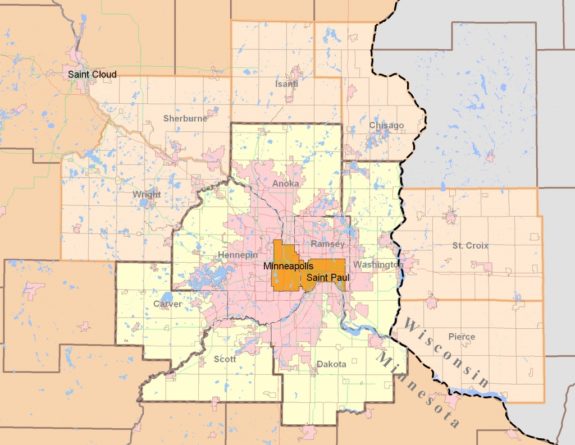
April 15, 2017; West Central Tribune (Willmar, MN)
Greater Twin Cities United Way is the largest of the United Way’s 1200 U.S. outposts, but something may be slipping there.
The good news is that Greater Twin Cities United Way exceeded its own fundraising goal for last year by more than $2 million, raising $87.6 million. The bad news is that the year before, it had raised $98.6 million and $101.9 million the year before that. In fact, this made 2016 the lowest netting year in the last seven. In response, it has cut staff, frozen salaries, and reduced the money flowing to United Way–funded initiatives.
This may be because more donors are directing where their grants are to go. Last year, that change turned into $6 million less for United Way–directed initiatives.
Sign up for our free newsletters
Subscribe to NPQ's newsletters to have our top stories delivered directly to your inbox.
By signing up, you agree to our privacy policy and terms of use, and to receive messages from NPQ and our partners.
CEO Sarah Caruso is saying that the drop last year was anticipated; 2015 was its centennial year, which naturally drew attention to the organization that wouldn’t be repeated in the year that followed. Still, that does not explain the drop from the previous year. She also suggests that the organization will be updating its engagement and online strategies. But, will this be sufficient to end the trend?
In October of last year, NPQ wrote about possible reasons for the crossing trajectories of donor-advised funds and United Ways as vehicles for funding.
United Ways see part of their value-add in directing the donor dollar, even going so far as establishing their own priorities for local giving. This is a high-touch method of intermediation, one whose receipts have declined by a third over the past 25 years. That’s no surprise, considering the ease with which nonprofits can be researched and gifts given these days, along with the workplace and corporate changes affecting the success of the United Way model. The organization has attempted to block this decline in various ways over that period by reinventing itself—creating funding agendas for communities and increasing its focus on large donors—but it is leaking for reasons probably more associated with an epochal shift than with focus or capacity.
The decline may be a solvable problem, but we are yet to be convinced.—Ruth McCambridge











